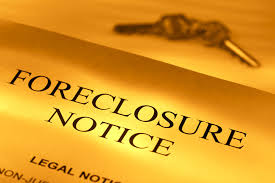To demonstrate that good intentions don’t guarantee good policy:
Helene Pearson’s belief in homeownership was shattered in Roseland, the mostly black Chicago neighborhood where President Barack Obama got his start as a community organizer.
Pearson, who bought her two-bedroom, red-brick bungalow on South Calumet Avenue in Roseland for $160,000 in 2006 with a high-interest loan, put it on the market a year ago for $55,000 and didn’t attract a single offer. Her bank has agreed to take it back.
Markets come and then markets go. But the true testament of our intervention?
For most Americans, the real estate crash is finally behind them and personal wealth is back where it was in the boom. For blacks in the U.S., 18 years of economic progress has vanished, with a rebound in housing slipping further out of reach and the unemployment rate almost twice that of whites. The homeownership rate for blacks fell from 50 percent during the housing bubble to 43 percent in the second quarter, the lowest since 1995. The rate for whites stopped falling two years ago, settling at about 73 percent, only 3 percentage points below the 2004 peak, according to the Census Bureau.
I find it tragically ironic that Obama’s legacy is going to be a more racially divided nation in addition to a more economically separated one.


